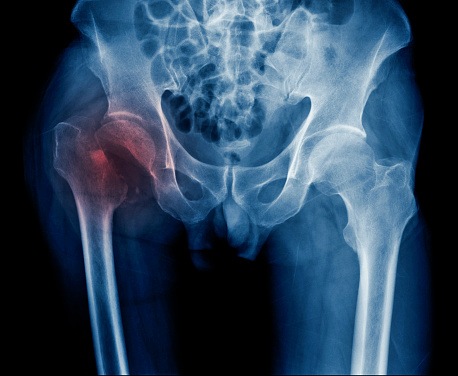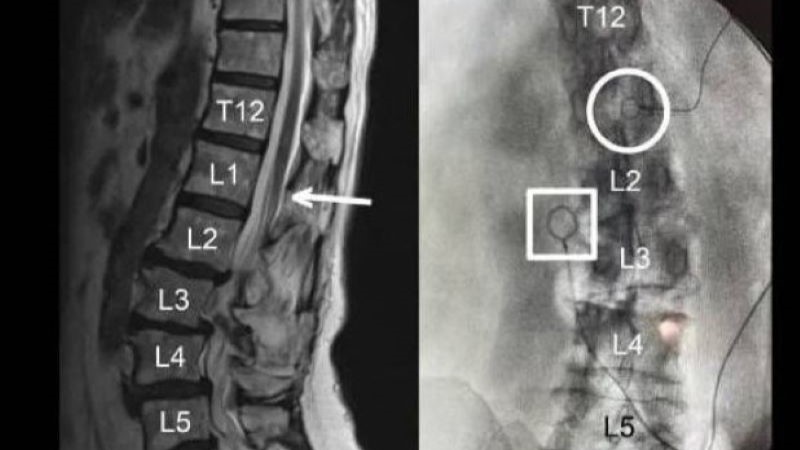
A new study compared outcomes for hip fracture patients who underwent total hip arthroplasty (THA) versus hemiarthroplasty. According to the findings, the approaches did not result in significantly different results.
“Globally, hip fractures are among the top 10 causes of disability in adults. For displaced femoral neck fractures, there remains uncertainty regarding the effect of a total hip arthroplasty as compared with hemiarthroplasty,” the researchers wrote. Their study was published in the New England Journal of Medicine.
The study, which spanned 80 centers in 10 countries, randomized patients aged ≥ 50 years with a displaced femoral neck fracture to undergo THA or hemiarthroplasty. Eligible patients were required to be independently ambulatory prior to fracture. The main outcome was a secondary hip procedure within two years of follow-up, and the secondary outcomes were death, serious adverse events, hip-related complications, health-related quality of life, function, and overall health end points.
Of the 1,495 randomized patients, final analysis included 1,441: 718 THA patients and 723 hemiarthroplasty patients. In the THA cohort, 57 (7.9%) patients met the primary end point, compared to 60 (8.3%) of the hemiarthroplasty patients (hazard ratio [HR], 0.95; 95% confidence interval [CI], 0.64 to 1.40; P = 0.79). In the THA group, 34 (4.7%) patients sustained hip instability or dislocation, compared to 17 (2.4%) hemiarthroplasty patients (HR, 2.00; 99% CI, 0.97 to 4.09). The total Western Ontario and McMaster Universities Osteoarthritis Index (WOMAC) total score, pain score, stiffness score, and function score were used to determine functional outcomes, which “modestly favored” THA. There were no significant differences in mortality: 14.3% in the THA cohort versus 13.1% in the hemiarthroplasty cohort (P = 0.48). The THA group had a slightly increased rate of serious adverse events (n = 300, 41.8%) compared to the hemiarthroplasty cohort (n = 265, 36.7%).
The study’s outcomes are significant because hip fracture affects a vulnerable group of patients, according to study author Robert Zura, MD, Professor and Robert D’Ambrosia Chair of Orthopaedics at LSU Health New Orleans School of Medicine.
“Taking care of elderly hip fracture patients is one of the greatest responsibilities of orthopaedic surgeons,” Dr. Zura said in a press release. “We meet frail folks at a most vulnerable time. This study truly helps us identify the methods that allow us to determine the optimal surgical approach to restore these folks’ health, activity, functionality and independence.”
The researchers concluded in their report, “Among independently ambulating patients with displaced femoral neck fractures, the incidence of secondary procedures did not differ significantly between patients who were randomly assigned to undergo total hip arthroplasty and those who were assigned to undergo hemiarthroplasty, and total hip arthroplasty provided a clinically unimportant improvement over hemiarthroplasty in function and quality of life over 24 months.”







 © 2025 Mashup Media, LLC, a Formedics Property. All Rights Reserved.
© 2025 Mashup Media, LLC, a Formedics Property. All Rights Reserved.